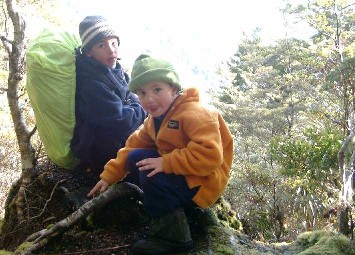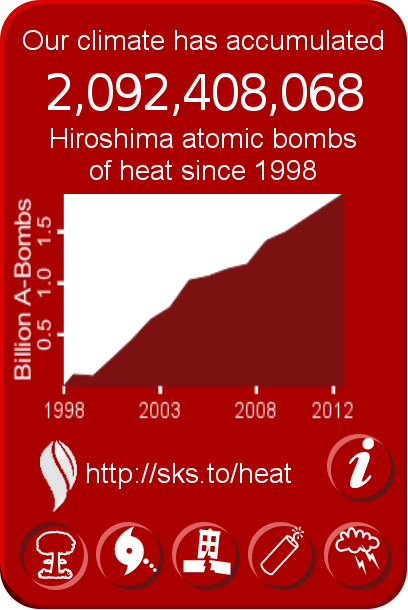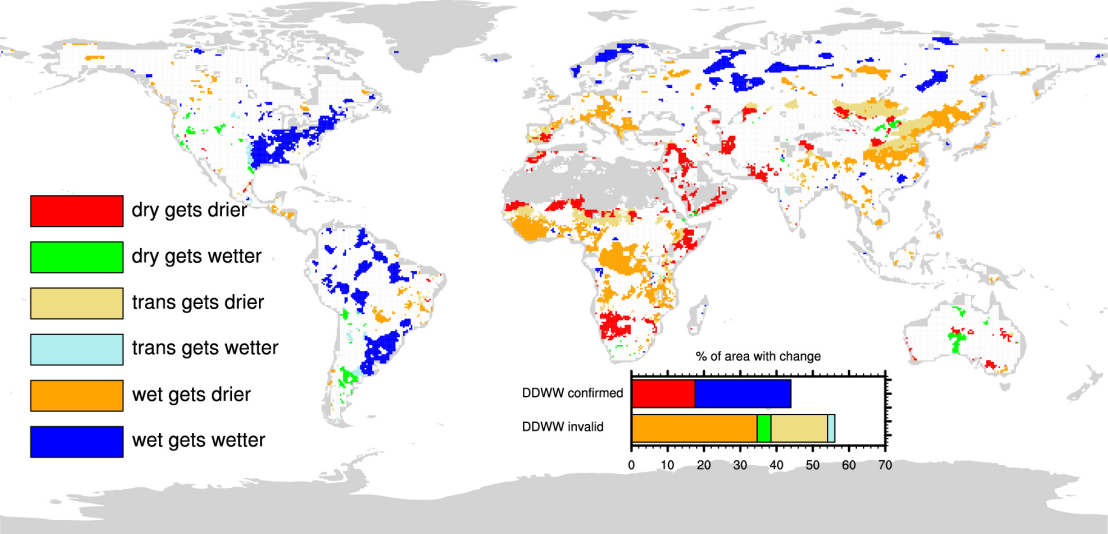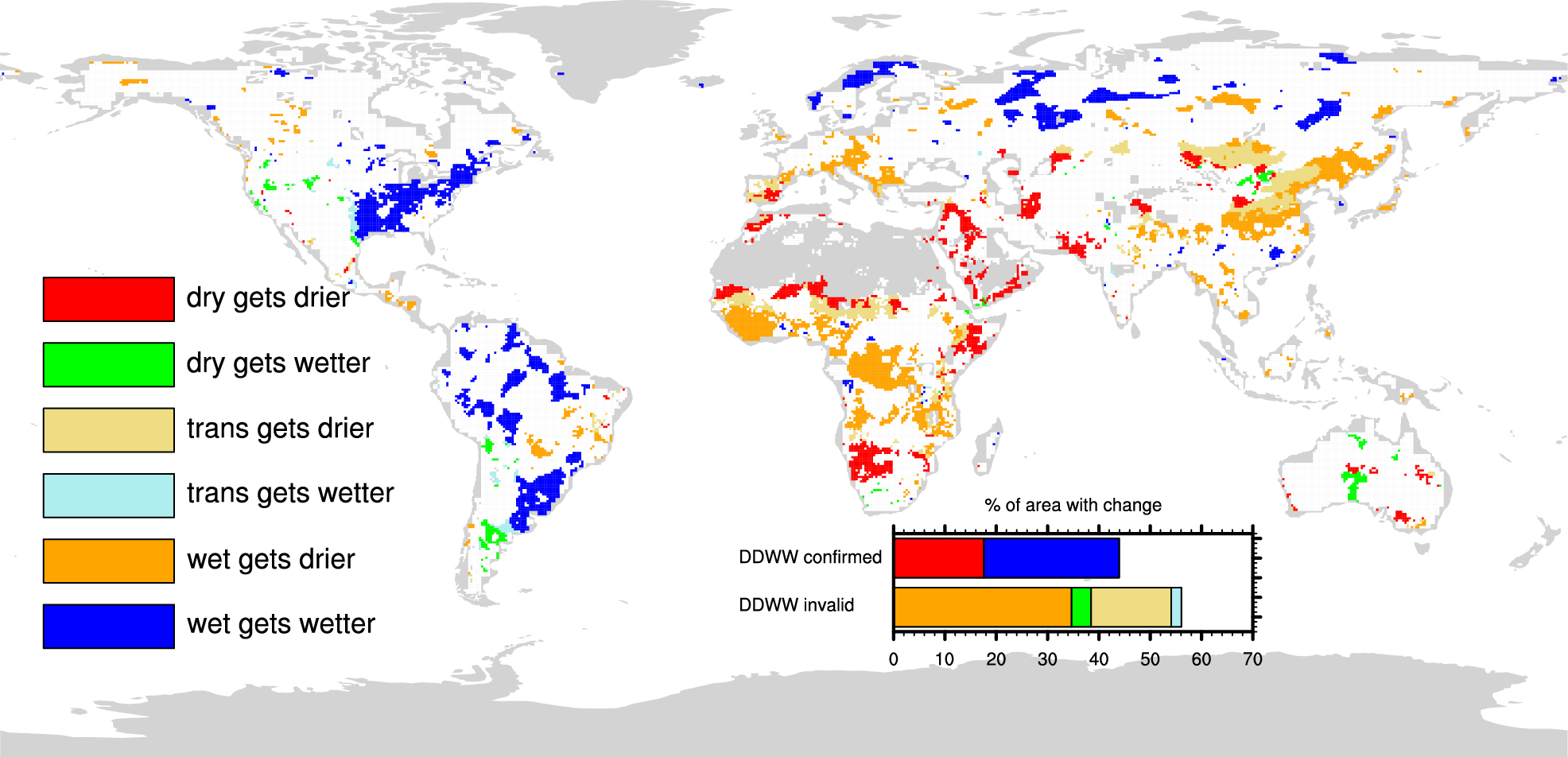5 reasons to panic about Arizona's water, and 5 reasons not toIS ARIZONA REALLY RUNNING OUT OF WATER?Here are five reasons why the drought should concern you and five more why we'll survive it — this time:
You should take this drought seriously because:
1. The drought is real.
Yes, Arizonans have been hearing about the drought for so long it has become background noise, but that's because the state has had below-normal rainfall levels for so long — all but a few years since 1999. If the monsoon can't recover, Phoenix could post one of its driest years on record, at least at the official Sky Harbor measuring station, which has collected just 0.06 inch since June 15. And things have been dry all across the West, from California to the remote peaks in Colorado, which means ...
2. The Colorado River is hurting.
It's true, rain in metro Phoenix doesn't do much for the water supply, because there's so little of it that most water is imported from elsewhere. But a lot of that water comes from the Colorado River, which is a source of water for 40 million people in seven states, including Arizona. And the Colorado has seen below-average runoff in all but three years since 2000. Lake Mead has fallen to its lowest level since it started filling in the 1930s. The other big reservoir on the river, Lake Powell, is half empty. If Lake Mead continues to shrink, current legal compacts lay out how much all seven states have to cut back on water use. Which leads to ...
3. When the Colorado shrinks, Arizona gets burned.
Here's how the deal among states works, in a nutshell: As Lake Mead gets lower, Arizona has to start cutting back on its take; so does Nevada, which agreed to share Arizona's pain. California gets to keep its whole share, for as long as there's enough water on the river. Wait, why does Arizona get such a raw deal? It goes way back to 1968 — Arizonans wanted to build the CAP Canal to take more water but needed California's congressional support. California agreed, as long as it got to keep the water when things got dicey. So yes, Arizona gets the short end on this deal. On the other hand, if the CAP Canal hadn't been built, Arizona wouldn't have been able to get much water out of the river anyway. The canal helped provide for a lot of new growth in Phoenix and Tucson. Some parts of town get water from reservoirs inside the state, but ...
4. In-state supplies are hurting.
Not everything comes from the Colorado — about half of the water supply for metro Phoenix comes from Roosevelt Lake and the Salt and Verde rivers, right? Well, things aren't much better there. Roosevelt, the largest in-state reservoir, is just 39 percent full. Together, the six reservoirs on the Salt and Verde are at 49 percent of capacity. (By the way, Flagstaff gets a significant share of its water from Lake Mary — it's shrinking, too, with no change in sight.) All of this means Salt River Project, which manages the system and delivers water to farmers and Valley cities, will likely start to pump more groundwater instead, as will farmers in central Arizona. And you can probably see where this is going ...
5. Groundwater supplies are shrinking at an alarming rate.
A new study by NASA and the University of California-Irvine found the Colorado River basin has lost 41 million acre-feet of groundwater since 2004. That's the equivalent of the entire amount of water in Lake Mead when it's full, plus half of another Lake Mead. Enough to supply the residential water needs of every person in America for one year. Gone. And it doesn't just come back. Scientists say states pumped from their aquifers to make up for dry years on the river. While one wet year can start to refill a reservoir, groundwater stores can take centuries to recover.
But wait. Don't panic. Arizona is not in the same beached boat as California, because:
1. You might not even notice the cutbacks at first.
If there is a shortage on the Colorado River, the first people to lose it are farmers in central Arizona. Their rights are lowest on the list.Homes and businesses in the three counties served by the CAP Canal (Maricopa, Pinal and Pima) get higher priority. Even under the worst case outlined in the drought plan, about 1 million acre-feet would continue to flow down the canal each year during the shortage, enough to provide what cities currently take from it. (That's as long as the river can supply that much water. If things get bad, biblically bad, the CAP would have to shut down. The only people with rights to the very last drops of Arizona's share are the farmers in Yuma — their rights are the most senior of all.)
2. We've been saving.
A whole lot of the Colorado River water Arizona has taken with the CAP Canal didn't actually get used — it was poured into underground water banks, sort of like simulating a recharged, natural aquifer. Since 1996, the state has stored about the equivalent of two full years of CAP water. Recovering the water wouldn't be cheap because it would require construction of wells that don't exist and would be a one-time fix in some areas, but it would buy time for drought conditions to ease.
3. We're getting better at using less.
Water demand leveled off as Arizona and the other states on the river dealt with the recession and downturn in housing. At the same time, requirements to build homes with low-flow plumbing and less landscaping reduced use in the newest developments.
4. We're getting better at making it last.
Arizona passed laws in 1980 to protect groundwater supplies in five areas. Since then, it has worked with neighboring states to use water more efficiently, building a reservoir west of Yuma to capture water unused by farmers. And the CAP joined water agencies in Colorado, Nevada and California this summer to provide incentives to cities, businesses and farmers to use less water.
5. We'd be better off if we got just ... one ... good ... year.
One above-average runoff year on the Colorado River or on the Salt and Verde rivers could buy Arizona more time to prepare for shortages. Reservoirs have briefly recovered some of their losses during the 15-year span; Roosevelt Lake can, in theory, refill in one wet year — that alone could mean a few extra years of supply.
Still, experts say the West needs to address its water-supply issues soon. Studies show that overall temperatures are rising. That means less snowpack or shorter runoff seasons. That means lower river flows. The groundwater study shocked many water agencies because it revealed huge losses. And it underscored the fact that the states have often drawn more water from the river than annual runoff can replenish.
So yes, Arizona is running out of water — just the way it was when it built the Central Arizona Project, the same way it was when it passed the groundwater-protection laws. It's highly unlikely that anything dramatic will change for most Arizonans in the next six years. There's a lot of water left out there. But only time and people's decisions will tell if it's enough.
http://www.azcentral.com/story/news/loc ... /13883605/ 






 )
)
